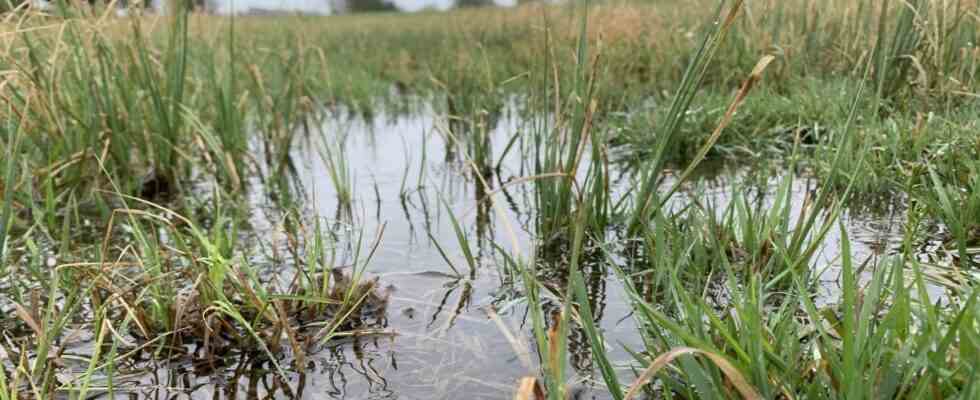Wetlands, particularly peatlands, have been drained for human use in many countries for centuries. Huge amounts of carbon are stored in the particularly peat-rich soils of these areas, which, after drainage, escape into the atmosphere over long periods of time through contact with the air. Therefore, drained moors and other wetlands are a significant and often underestimated driver of climate change – while wet moors are the most important natural CO₂ sinks alongside the forest.
In one in the trade magazine Nature published Study of a collective of authors led by Stanford University, it has now been determined that global wetland loss over the past few centuries has been smaller than previously thought. To do this, the scientists reconstructed thousands of land use maps in 154 countries around the world since the year 1700 – and compared them with the current distribution of drained wetlands. The result: While it was previously assumed that between 50 and 87 percent of the world’s wetlands were reclaimed and drained, according to this new data only 21 to 35 percent of the wet land is.
In view of the importance of the natural climate sink moor, this is good news. At the same time, however, there is also an important and challenging task of protection and restoration. Wetlands are one of the most threatened ecosystems on earth. In addition to their ability to store carbon, they are also extremely important for biodiversity, flood protection and the nutrient cycle. According to the authors of the study, the existing semi-natural areas must therefore be protected from further human intervention. This requires global efforts to rewet areas that have already been drained and thus stop CO₂ emissions. “The drained moors are responsible for four to five percent of global greenhouse gas emissions: They are relatively small areas, but with huge consequences!” says Hans Joosten, Greifswalder Moorkundler and co-author of the study.
In Germany, a country that is considered the global drainage champion, 94 percent of the moors are currently drained, only two percent are in a near-natural state, and four percent have now been rewetted.

